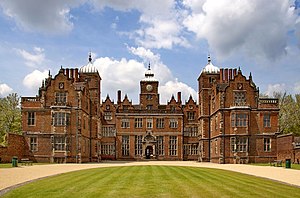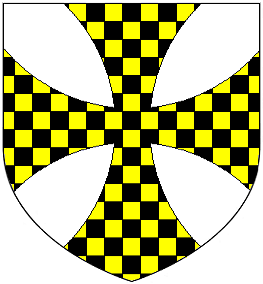
Baron Wenlock is a title that has been created three times, once in the Peerage of England and twice in the Peerage of the United Kingdom. The first creation came in 1461 when the soldier Sir John Wenlock was summoned to Parliament as Lord Wenlock. However, he was childless and on his death in 1471 the title became extinct.
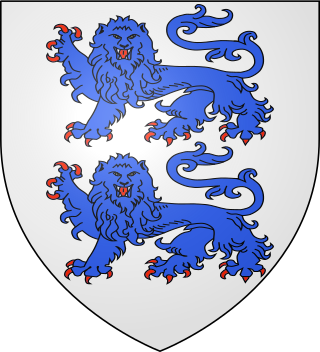
There have been two baronetcies created for members of the Hanmer family of Flintshire, Wales, one in the Baronetage of England and one in the Baronetage of Great Britain. Only one creation is extant as of 2008. The third Baronet of the second creation was elevated to the peerage as Baron Hanmer in 1872, a title which became extinct in 1881. The family name derived from the manor of Hanmer in the Diocese of St. Asaph.
Nineteen baronetcies have been created for persons with the surname Hamilton, eight in the Baronetage of Nova Scotia, one in the Baronetage of England, five in the Baronetage of Ireland, one in the Baronetage of Great Britain and four in the Baronetage of the United Kingdom. As of 2008 two creations are extant, two are dormant, two are either extinct or dormant and twelve extinct.
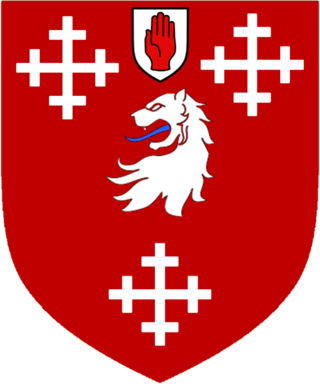
There have been two baronetcies created for members of the Armytage family, one in the Baronetage of England and one in the Baronetage of Great Britain. One creation is extant as of 2008.

There have been two baronetcies created for persons with the surname Aston, both in the Baronetage of England. Both creations are extinct.

There have been three baronetcies created for persons with the surname Burdett, two in the Baronetage of England and one in the Baronetage of Ireland. As of 2008, two of the creations are extant while one is dormant.

Sir Thomas Holte, 1st Baronet was an English landowner, responsible for building Aston Hall, in the parish of Aston in Warwickshire. The "Holte End" stand of Villa Park, the stadium of Aston Villa Football Club, sits on land originally part of the Aston Hall gardens and is named after Thomas Holte. The area also has a Holte School and Holte Road.

There have been three baronetcies created for persons with the surname Chapman, one in the Baronetage of Great Britain, one in the Baronetage of Ireland and one in the Baronetage of the United Kingdom. Two of the creations are extinct while one is extant.

There have been twenty one baronetcies created for persons with the surname Williams, eight in the Baronetage of England, three in the Baronetage of Great Britain and ten in the Baronetage of the United Kingdom. Only six of the creations are extant as of 2017.
There have been six baronetcies created for persons with the surname Thomas, three in the Baronetage of England, one in the Baronetage of Great Britain and two in the Baronetage of the United Kingdom. Two of the creations are extant as of 2016.

There have been two baronetcies created for members of the Burgoyne family, one in the Baronetage of England and one in the Baronetage of the United Kingdom. Both creations are extinct.
There have been three baronetcies created for persons with the surname Pole, one in the Baronetage of England, one in the Baronetage of Great Britain and one in the Baronetage of the United Kingdom. Two of the creations are extant as of 2008.

There have been four baronetcies created for members of the ancient House of Beaumont, all in the Baronetage of England. All four creations are extinct or dormant.

The Baronetcy of Mainwaring of Over-Peover has twice been created for members of the family of Mainwaring of Over-Peover, Cheshire. It was created on 22 November 1660 by Charles II on his restoration, for Thomas Mainwaring, High Sheriff of Cheshire in 1657 and Knight of the Shire otherwise Member of Parliament for Cheshire in 1660. The baronetcy was extinct on the death of the 4th Baronet. However his widow remarried and her son by the second marriage Thomas Weterall eventually inherited the Mainwaring Cheshire estate and changed his surname to Mainwaring. The baronetcy was recreated in the Baronetage of the United Kingdom on 26 May 1804 for Henry Mainwaring, son of Thomas Weterall Mainwaring. It was extinct on the death of the 5th Baronet in 1934.

There have been six baronetcies created for members of the Corbet family, four in the Baronetage of England, one in the Baronetage of Great Britain and one in the Baronetage of the United Kingdom. All creations are extinct. The recipients were descendants of the ancient Norman family of Corbet which held substantial estates in Shropshire including Wattlesborough, Caus Castle, Moreton Corbet Castle and Acton Reynald Hall.

There have been five baronetcies created for members of the old established family of Peyton of Peyton Hall in the parish of Boxford in Suffolk, all of whom were descended from Sir Robert Peyton (d.1518) of Isleham in Cambridgeshire, grandson and heir of Thomas Peyton (1418–1484) of Isleham, twice Sheriff of Cambridgeshire and Huntingdonshire, in 1443 and 1453. All the baronetcies are extinct.
There have been two baronetcies created for persons with the surname Garrard, both in the Baronetage of England. Both creations are extinct.
There have been two baronetcies created for members of the Hussey family, both in the Baronetage of England. Both creations are extinct.
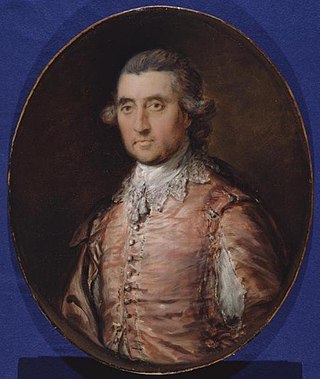
Sir Charles Holte, 6th Baronet was a British politician who sat in the House of Commons from 1774 to 1780.
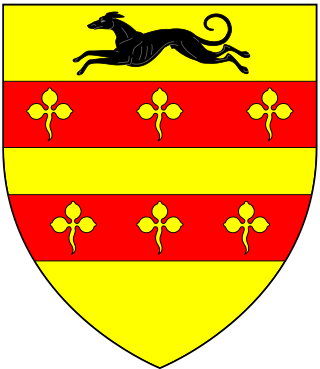
The Palmer Baronetcy, of Wingham in the County of Kent, was created in the Baronetage of England on 29 June 1621 for Thomas Palmer. The third Baronet was High Sheriff of Kent in 1691. The fourth Baronet sat as Member of Parliament for Kent and Rochester. The title became extinct on the death of the sixth Baronet in 1838.
